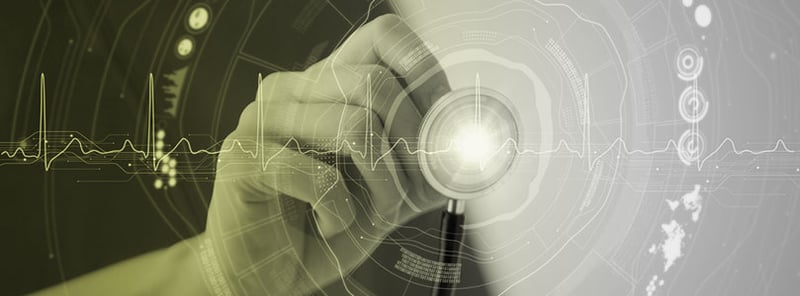
Medical device manufacturing is one of the most crucial segments of the medical industry. Whether it is something as simple as a thermometer or as sophisticated as a wearable insulin-level monitor for diabetes patients, medical device production is important because it directly impacts how the medical industry serves the general population. As medical device manufacturers continue to develop innovative equipment that better targets patient needs, the challenges facing the industry continue to grow. Increased competition and employee recruiting & retention are certainly significant challenges, but maintaining product quality, dealing with regulatory compliance, and controlling the cost of production are also at the top of the list. In this volatile market, OEMs must constantly find ways to innovate and maintain or increase return on investment (ROI).
Quality, Compliance, and Price are Key
Ensuring product quality may seem like an obvious challenge for OEMs, but technological advances have made this an intrinsically more complicated issue. Technology can simultaneously increase product quality and introduce more possibilities for product malfunctions. In certain cases, poor product quality can lead to product recalls, which can hurt brand reputation and negatively impact company finances. Moreover, the types of failures that can result from poor product quality are numerous: defibrillator failures, premature power depletions that leads to unexpected shutdowns, incorrect test results and risk of contamination are just a few. As such, the importance of testing products with the most advance equipment and processes cannot be overstated.
Regulatory compliance is another area where OEMs need to be increasingly vigilant when bringing new products to market. Regulatory oversight of the medical device industry has been increasing steadily, driven by a growing demand for safer and better quality products. Adding to the complexity is the fact that regulations vary from country to country, so not only do OEMs have to be aware of stricter regulations, they need to be informed about how regulations and product safety standards may vary internationally.
Producing medical devices at a cost that allows OEMs to realize a healthy ROI is one of the most critical challenges for these manufacturers. In addition to product quality and regulatory compliance, medical product prices are impacted by other factors like the cost of innovation and product development. In fact, the medical device industry is one of the most expensive for new product development precisely because it is dependant on innovation driven by technology.
Security is No Longer Optional
Wrapped into product development is a growing need for security, particularly for wearable health monitoring devices that transmit crucial patient data, which are playing ever-larger roles in medicine and medical diagnostics. Imagine a scenario where a heart patient owns a wearable device that regularly transmits data to a medical facility. Now imagine if the system that transmits this information is hacked and the wrong data is sent to the patient’s health care provider, who subsequently prescribes treatment that harms the patient.
This is just one example of why security is such a crucial part of product innovation and development in the medical device industry. As new technology like the Internet of Things (IoT) rely more and more on collecting and analyzing sensitive data that must be stored on the cloud, the more important it is to develop security tools that prevent data breaches and subsequent data theft. In this new reality, product manufacturers must think about developing devices that are not only accurate but also secure.
All of these new considerations come at a cost, and more and more the price of medical devices is becoming as important in purchasing decisions as how well the equipment serves the needs of the patient. This is particularly true in parts of the world where hospital mergers have led to fewer physicians in private practice and more of them becoming employees. This often results in less influence by physicians over what medical devices are purchased, and more influence by larger hospitals that consider price equally as important a factor as how easy a product is to use and how it works with other equipment. And, of course, no matter how good a product is, competition means that it can often be replaced with another product at a cheaper price.
In this complex environment, Averna is uniquely qualified to partner with clients and assist them with their medical device projects. As the population grows older and lifespans extend, these types of client-centric partnerships will become increasingly important as pressure continues to grow on medical device OEMs to produce new products that can better assist medical professionals in diagnosing, treating and curing the ailments that come with an aging population. OEMs in the medical device industry are well positioned to meet these challenges, but only through a willingness to innovate and adapt to an industry where the only constant is change.
To speak with a test & compliance consultant please visit Averna’s website.